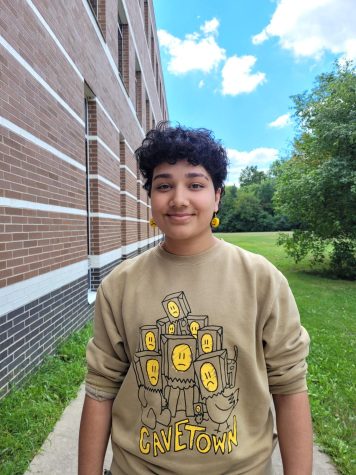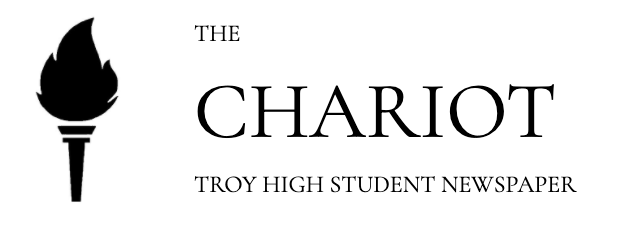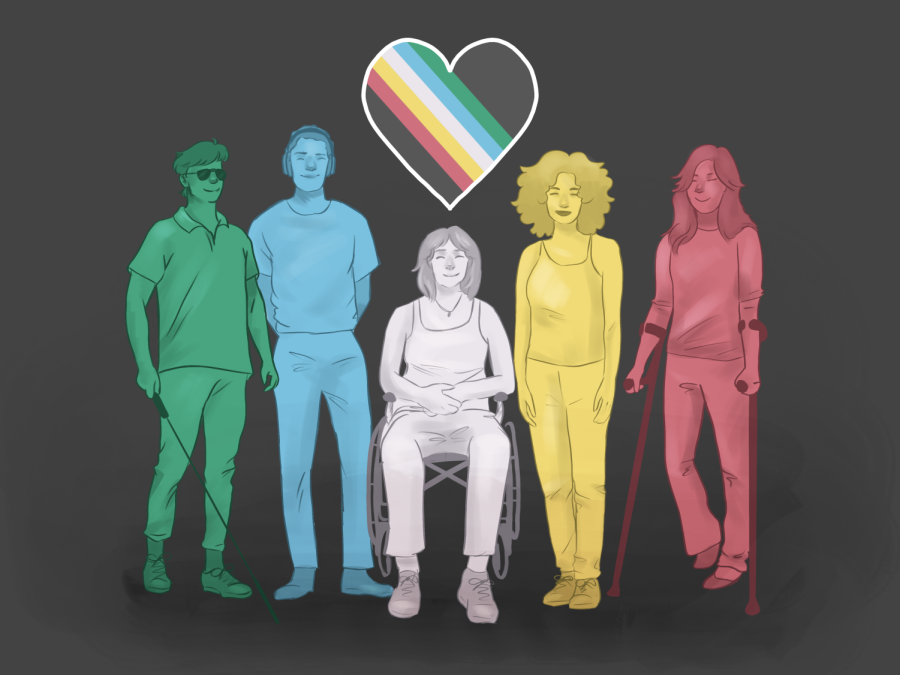The Pride Month You Never Heard Of
A look into the history and importance of Disability Pride Month.
The Disability Pride Flag contains six colors. The black background represents mourning for disabled people who have lost their lives due to illness, ableism, negligence, and suicide. Each colored stripe symbolizes a different aspect of the disabled community. Red represents physical disabilities, yellow represents cognitive and intellectual disabilities, white represents invisible and undiagnosed disabilities, blue represents mental illness, and green represents sensory perception disabilities.
While most people have heard of Black History Month and LGBTQ+ Pride Month, an appreciation month that many are not familiar with is Disability Pride Month, which takes place in July. This month is a time to celebrate diversity and show pride. As the 32nd annual celebration is coming to an end, here is a quick recap of the history of Disability Pride Month and ways to support the disabled community year-round.
Disability Pride Month is a celebration of all disabled people, including those with physical and mental disabilities, neurodivergencies and invisible or undiagnosed disabilities. It began after the Americans with Disabilities Act (ADA) was passed on July 26, 1990. The ADA was a civil rights act that prohibited discrimination against disabled people and mandated certain accommodations. It was passed soon after the iconic “Capital Crawl” protest, during which activists for disability rights made their way up all 100 steps of the Capitol Building without any mobility aids. The disabled community commemorates the ADA every July and uses the month as a chance to celebrate disabilities and speak out against the issues that they face.
However, despite the fact that Disability Pride Month has been around for more than 30 years, not many abled people are aware of the celebration or what they can do to show support. Of course, being an ally can include participation in events related to Disability Pride Month, but it also means showing support in everyday life. Here are six important ways to support disabled people:
- Listen to disabled voices. Disabled people are often spoken over, misunderstood or ignored altogether. Simple gestures such as speaking directly to a disabled person, rather than speaking to the caretaker or parent, and making sure people are heard when they communicate their needs can make disabled people feel much more welcome and safe. In conversations about disability and inclusion, prioritize the input of disabled people and take their thoughts seriously.
- Provide accessibility. Accessibility should be offered from both individual people and from organizations and businesses. For individuals, even simple things such as providing Alt Text on images posted online or prefacing videos with photosensitivity warnings when needed are easy ways to help. For business owners, providing functional wheelchair ramps and elevators is an important responsibility. Other acts such as reducing harsh lighting, lowering music volume and widening doorways are often neglected, but can be of great assistance. Most importantly, people should be able to communicate accessibility needs comfortably and effectively.
- Use respectful language. This goes hand in hand with listening to disabled people. While it may seem rude to refer to someone as “disabled,” this is simply due to stigma. Terms such as “differently-abled” and “person with disabilities,” as opposed to simply “disabled person,” are generally not preferred. Again, it all comes down to respecting the preferences of each individual. It is always better to ask a person which terms they are comfortable with, rather than assuming.
- Educate yourself. There is a plethora of information available online about various disabilities. Reading articles or books written by real disabled people is one of the most reliable ways to learn about disabilities. Being willing to learn from reliable sources about disabilities, both physical and mental, is one of the most important parts of allyship.
- Donate to good causes. While this may not be feasible for everyone, financially supporting nonprofit organizations or individuals in need is an effective way to help. Research organizations before donating and get the opinions of disabled people to ensure that donations go to a good cause.
- Show general respect. As a whole, all of these tips boil down to inclusion and respect. Be willing to help those who may need it but respect them if they tell you they don’t need assistance. Respect personal space and make sure to not touch others’ mobility aids without permission. Keep in mind that, while a disability is often a big part of a person’s life, it is not their only defining trait.
These are some key ways to support disabled people outside of celebrating Disability Pride Month, but celebration is still important. Every July is a time to honor disabled people and their achievements, and giving the month more recognition is important to protect their rights.
This year, Michigan governor Gretchen Whitmer officially proclaimed July 2022 as Disability Pride Month in Michigan. This was a step in increasing recognition for the celebration, but there is still a long way to go. By working together to uplift disabled voices, we can create a secure and welcoming community for people of all backgrounds.
Your donation will support the student journalists of Troy High School - MI. Your contribution will allow us to print our work, purchase equipment and cover our annual website hosting costs.


